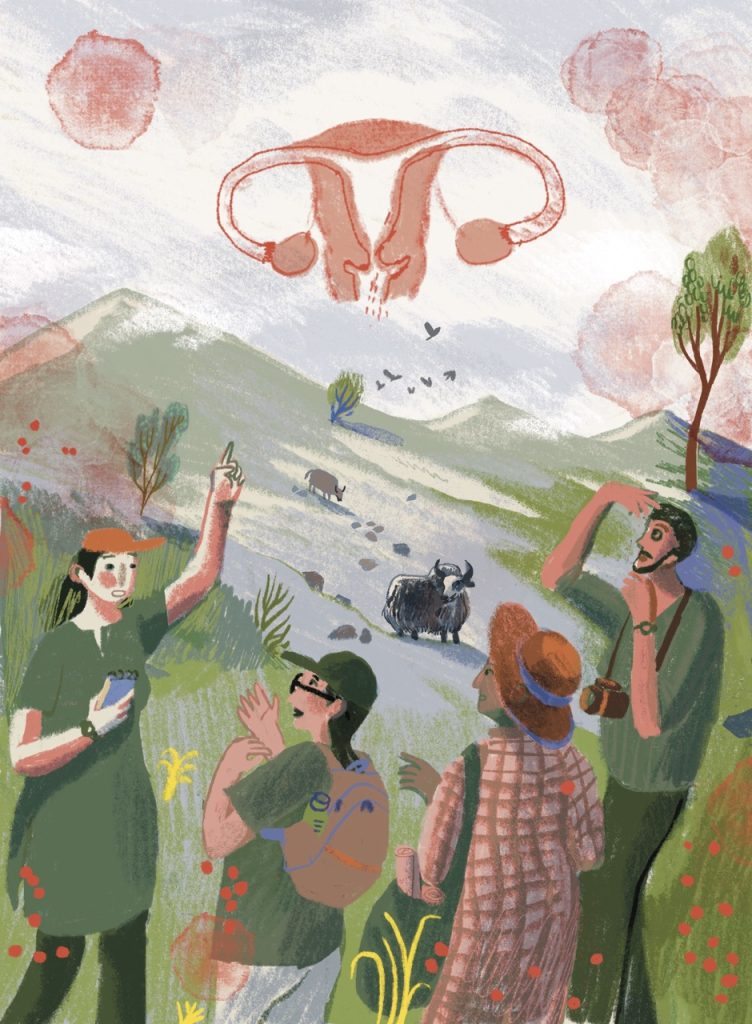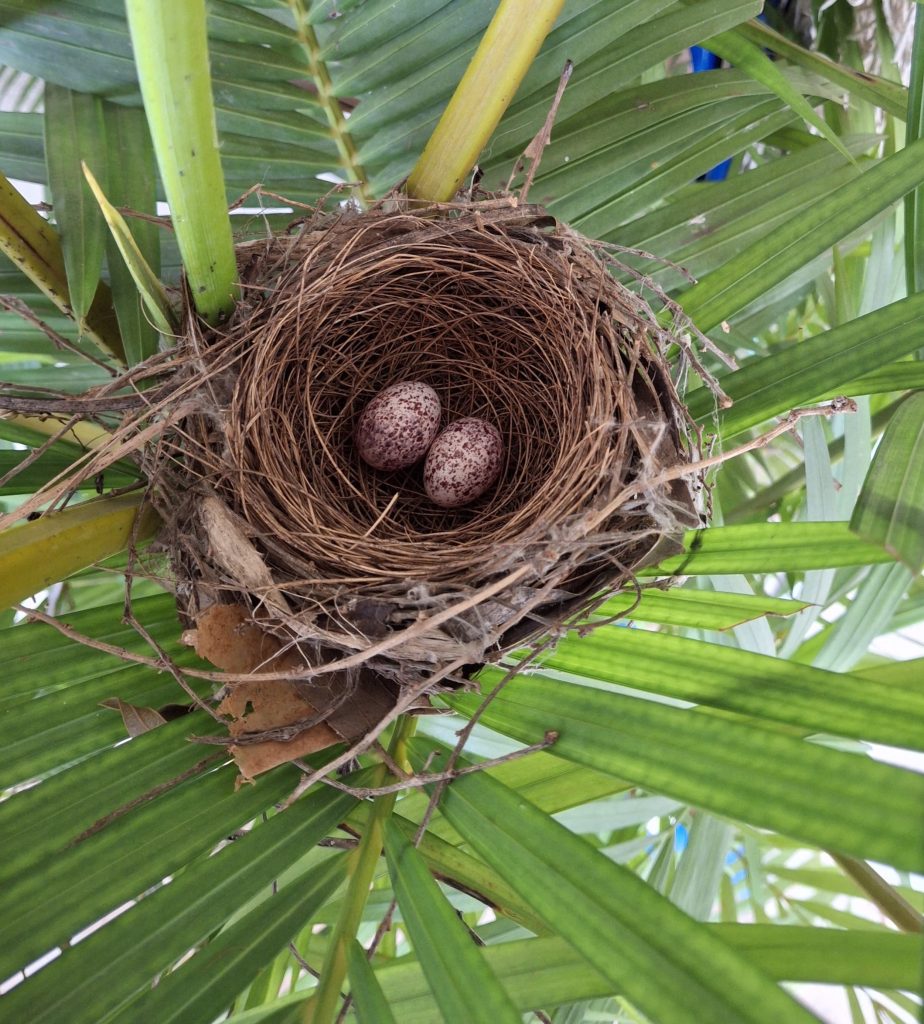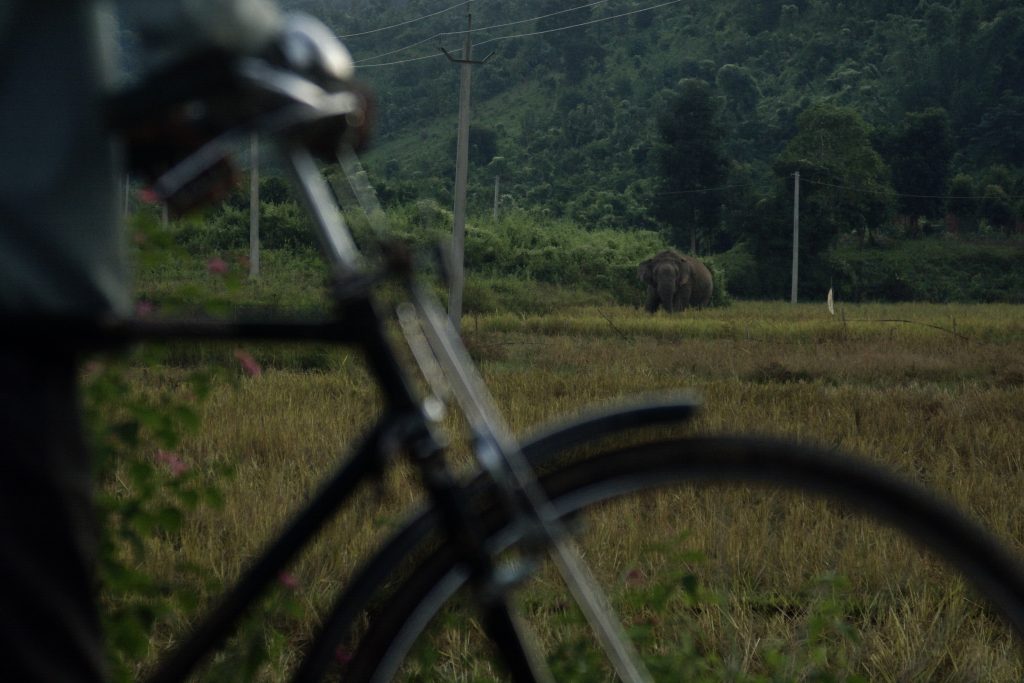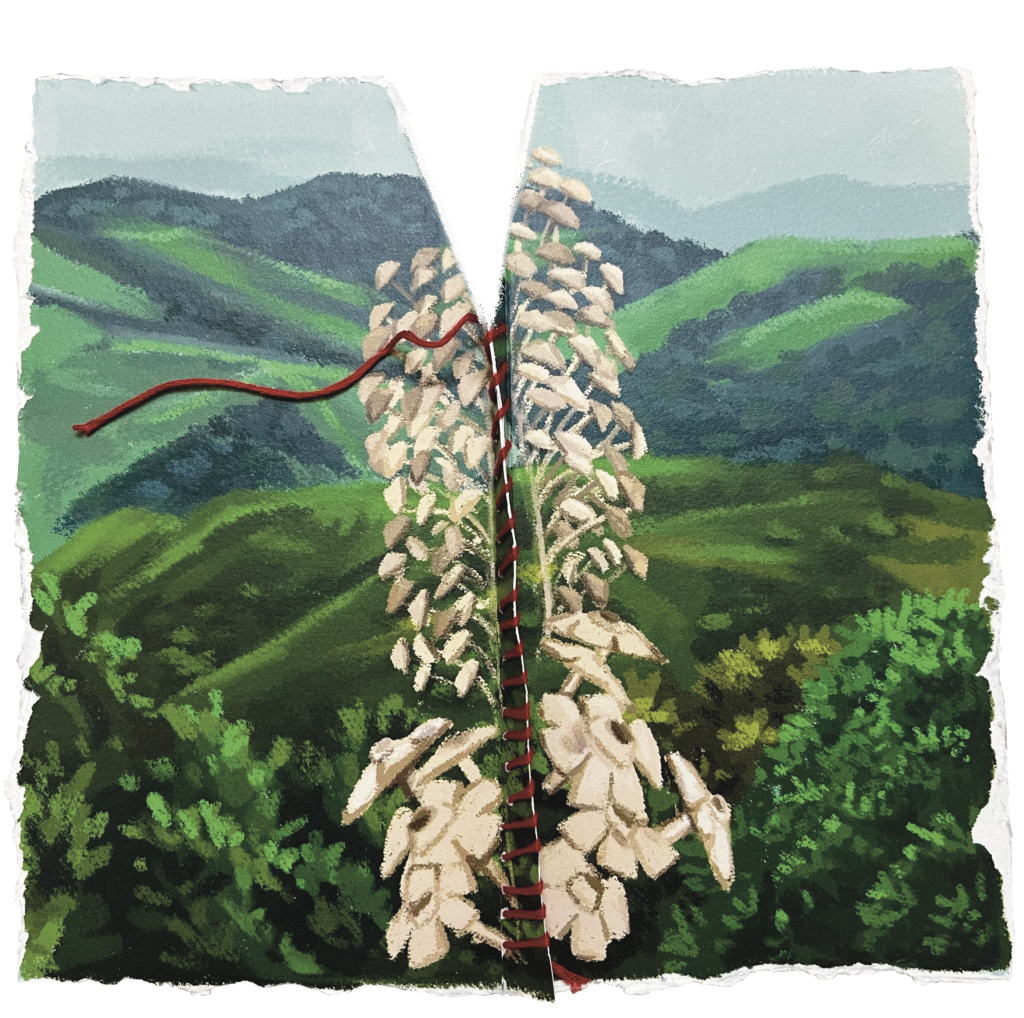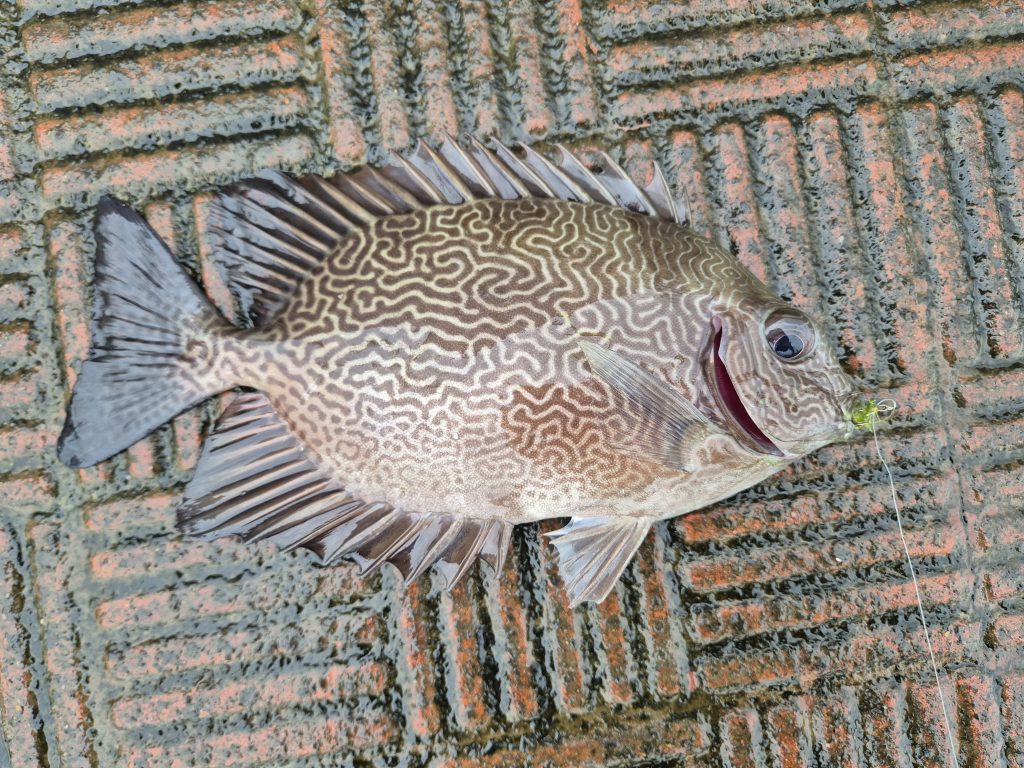മലയാളം मराठी भाषा
We walked quietly in the darkness, listening to the soundtrack of the jungle, insects buzzing, and leaves crackling. Our headlamps were on and we moved the light back and forth, hoping to catch the eyeshine of some kind of serpent. A fellow crew member walking ahead told us to pause as he saw something. We hesitated before creeping closer and our combined light revealed the owner of the eyeshine: a bamboo rat (Dactylomys dactylinus). Although I had been hoping for a snake, I was thrilled to lay my eyes on an animal I had never seen before.
Searching for snakes at night was one of many experiences I had last summer, when I travelled to the remote Peruvian Amazon, specifically in the Madre de Dios region. I spent a week volunteering with Hoja Nueva, an organisation dedicated to protecting this land and its inhabitants. While I knew I was going to love being outside doing hands-on work, I did not expect to become so enamoured with herping (looking for reptiles and amphibians) in such a short span of time.

The Amazon is often associated with its more charismatic creatures, such as sloths, giant river otters, and jungle cats, but the rainforest is also brimming with perhaps lesser appreciated, but equally impressive reptiles and amphibians. The abundance and diversity of these animals is truly astounding. My first exposure to this diversity and hands-on herpetology occurred the day I arrived. As we were eating lunch, I was told that the team I was going to be working with found two Amazon tree boas (Corallus hortulana) each with a unique colour morph. This species is usually brown, but of the two they found, one was brilliant orange and the other was banana yellow. The in-house reptile expert had caught these two special snakes for more examination and, that afternoon, we had a photoshoot.

We took photos not only to document our findings, but also to share our passion for snakes with the world. Sharing images of our discoveries with others can be a great way to create empathy for snakes and to get people interested in their conservation. This objective is especially important because there are several misconceptions about snakes and negative attitudes towards them. Our hope is that showy photographs with informative captions about these amazing creatures will open the minds of viewers and lead to more successful snake conservation in the future.

On the following evening, the tree boas were released on a night walk. Night walks happened frequently, during which the team searched for snakes and catalogued the frogs of the area. Having visited during the dry season, I did not have the opportunity to witness the true variety of Amazonian frogs, but nevertheless I encountered so many of them hopping from leaf to leaf. If the snake photography wasn’t already enough, venturing out on these night walks really solidified my newfound appreciation for herpetology. With headlamps aglow, we alternated looking for snakes’ eyeshine on trees and scanning the forest floor for frogs. I have always had an affinity for amphibians, but seeing tropical species that I hadn’t known existed furthered my fascination.

One herpetology intern on the team was dedicated to the task of documenting every frog he found, and we were able to help him by scoping out frogs. After the frogs were found, we would measure how high off the ground they were, what their microhabitat was like, where they were found, and what species they were. The first frog that really caught my attention was a clown tree frog (Dendropsophus leucophyllatus), named for its markings, which are often white ovals stretched across its pale green body. Two of these were perched on leafy limbs and sat patiently while we took photos. In fact, we were also able to photograph several other frogs that evening.

While the nights were taken up by herping, most of my days were filled with hiking to set up camera traps (devices that use movement sensors to automatically photograph or record whatever triggers the sensor) and labelling the camera trap data. I was taught how to label the files and how to distinguish between different species in the images. The organisation already had a great deal of camera trap data (in the form of videos and photographs), which were utilised for various purposes, including keeping track of wildlife populations. I found the videos to be a little more exciting than the photographs, because the photos rarely captured images of wildlife. The sensors were frequently triggered by the movement of leaves in the wind. In contrast, the videos collected more wildlife imagery. I wasn’t expecting to see footage of felines walking by the camera traps in the day or so many tapirs eating at night. There is something exciting beyond words about being able to see cat tracks where you are walking, and then actually seeing videos of those same animals.
After learning how to tag the data and identifying which species weren’t caught on film, we set out to put up more camera traps, this time turning our attention to the trees. The team really wanted to film margays (Leopardus wiedii)—a small wild cat native to Central and South America—but doing so would not be an easy task. During our first attempt, our climbing rope got stuck in a tree. When we tried to untangle it, the rope hit the branch of a tree filled with fire ants and we fell prey to their wrath as countless angry ants rained down on us. With our rope line stuck and our skin irritated from ant bites, we decided to give it a rest for the day and scoped out other locations.
Getting a camera trap onto the tree is hard enough, but finding the right tree is a difficult prerequisite. This means narrowing down an area that your target species would most likely walk through. This is easier for terrestrial (ground) traps than arboreal (tree), as arboreal traps need to be facing vines, branches, or anything that could be climbed on or attract the target species. Once that’s out of the way, the camera needs to be angled correctly, be placed at the proper height for what you hope to see, while making sure it is hidden by leaves but that the leaves won’t block the camera.
To improve our chances of capturing these animals on camera, we went on an all-day hike to set up traps. We left shortly after breakfast and had to take a boat down to a nearby beach, where some members of the team had recently spotted cat scat. We climbed up this beach to a trail that sadly already existed as a logging road, but we were hopeful that the scat would lead us to more places suitable for camera trapping a variety of felines. We set up the traps at specific intervals and were happy to find more scat as well as a mix of jaguar, ocelot, and margay tracks. When it came time to set up a trap, it was all hands on deck to scope out a tree near other foliage that would attract wildlife, and trees that were near vines for our arboreal traps. The turnaround wasn’t quick enough for me to see the data from any of the traps I set up, but I hope they were in popular spots and that the team saw an abundance of wildlife once they reviewed the footage.
While I gained a first-hand appreciation for camera traps, I learned that not everyone is keen on them. Some neighbours worry that the cameras could capture them doing something illegal, and thus the traps have been destroyed before. In other circumstances, the traps are sometimes stolen, either out of fear or mistrust, or perhaps to be sold for a profit. I am curious as to how these misconceptions can be addressed. In the meantime, we just had to be sneaky about installing them.
Being in the field of conservation can be daunting at times, but seeing so much biodiversity filled me with hope and inspired me to continue doing this work. However, I realise not everyone will have the opportunity to see these animals in person or set up camera traps for them. We must find more accessible ways to engage people with conservation and create a desire to protect wildlife. Perhaps the snake photos will change some people’s perspective on reptiles. If others could see images from our camera traps, they could develop empathy and an interest in wildlife conservation. Whatever it is, we have to keep trying and challenging our own attitudes, too. For now, I am left with incredible memories of my experience and a desire to keep the Peruvian Amazon safe.

